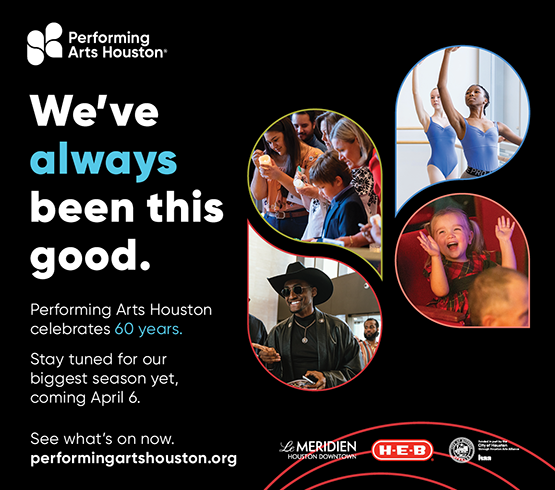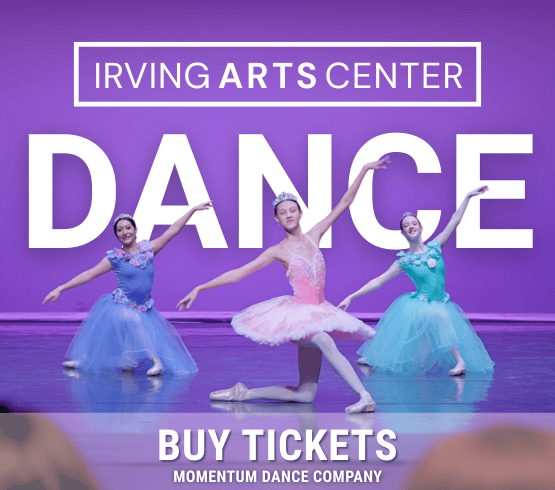Right from the beginning of his career, Jordan Fuchs knew he wanted to choreograph dances.
“I think it’s more typical that you would first learn to dance, and then, once you have the figured out, you learn how to choreograph dances,” laughs Fuchs. “But right away from the beginning I was making dances.”
As a student at Oberlin College, Fuchs had the chance to study contact improvisation with a pioneer in the field Ann Cooper Albright. Contact improvisation is a unique style of dance where improvising dancers explore body weight, touch, and counterbalance together. It is also intensively physical and requires spur-of-the-moment decision-making, qualities that Fuchs recognized from sports. Fuchs left Oberlin with solid training in contact improvisation and having already made enough dances to know that choreography was something he wanted to continue to do.
Since his college years, Fuchs has performed and choreographed worldwide and served as a Fulbright Specialist. He lived in San Francisco and New York in the 1990s, where he was plugged into the dance scenes, before being hired by TWU. In 2009 he co-founded the Texas Dance Improvisation Festival, which has become one of the largest improvisation dance festivals in the US.
“As I get older—I’m in my fifties and a lot of the dancers I work with are in their twenties and thirties—there continues to be a greater disparity in age and potentially authority as well,” he said. “I’m interested in minimizing those hierarchies. I like the idea that, if I’m giving the dancers the ability to generate vocabulary we start with, they have more agency in determining how they want to move.”
In the past he was often not only the choreographer but also the performer in his own pieces. Now, he finds himself creating a work in which he will not dance. Reflecting on his early—and urgent—drive to create, he finds himself making more space for the dancers he works with to have input in the choreographic process.
One way he has done this in recent works is to use language as a starting point for choreography. In initial rehearsals, he gives dancers a list of up to sixty word prompts—“dishwashing,” “jump,” and the like. Dancers then develop their own vocabulary of movement specific to the list. Fuchs refines these movements to build phrases, which eventually become the finished choreography. Because the dancers react to these word prompts in real time and often quickly, the exercise also draws on Fuchs’ background in improvisation.
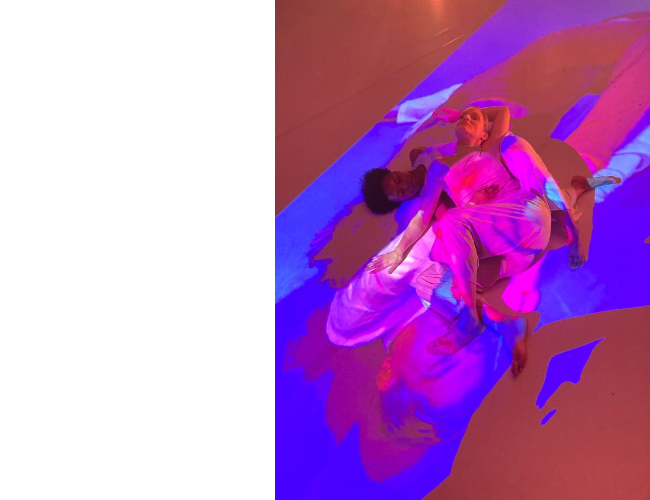
1 ⁄5
Kiara Taylor and Whitney Geldon in screen dance video shoot directed by Jordan Fuchs, Configure choreography collaboration by Fuchs and Melissa Sanderson. Photo by Jordan Fuchs.
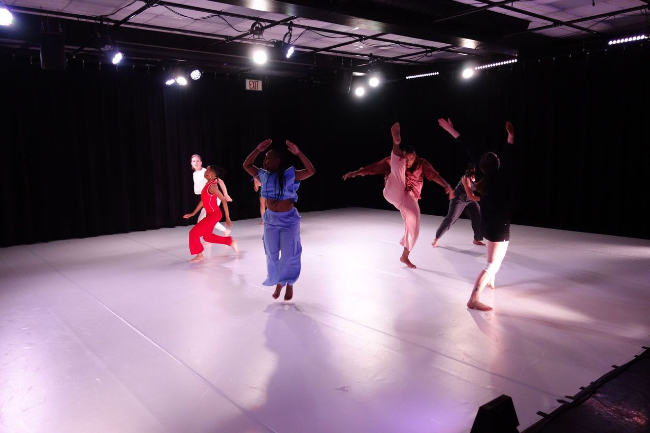
2 ⁄5
Whitney Geldon, Asiyah Martin, Kiara Taylor, Daniel Garcia, Krysta Ortiz and Annalise Boydston in Enlace, choreography by Jordan Fuchs. Photo by Lisa Vining.

3 ⁄5
Asiyah Martin and dancers in rehearsal for Enlace. Photo by Jordan Fuchs.
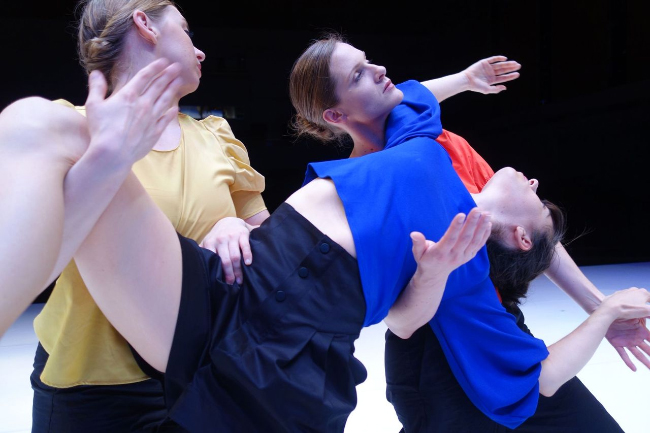
4 ⁄5
Michelle Beard, Melissa Sanderson, and Whitney Geldon in Torsion, choreography by Jordan Fuchs. Photo by Jordan Fuchs.

5 ⁄5
Jordan Fuchs and Melissa Sanderson in photo shoot with photographer Rebecca Dietz, Configure choreography collaboration by Fuchs and Melissa Sanderson. Photo by Rebecca Dietz.
Even Fuchs himself does not always know the rationale behind specific movements, but the “rapid-fire” decisions made by dancers gives Fuchs a chance to notice how some movements are aligned and others provide counter perspectives in the world they are generating.
“The more tools I can give [the dancers] to be effective in the world we’re creating,” adds Fuchs, “the faster they can proceed….We’re trying to figure out ‘Where does this go? What is this world?’ The world keeps getting more and more clear [as we approach] the performance.”
Although he still performs contact improvisation, Fuchs has also moved away from creating work that requires touch in this new era of his career. Instead, dancers interact through eye contact and proximity.
The exercise has helped both him and the dancers find innovative ways to build relationships on stage.
Visual art is another growing source of interest for Fuchs. Drawing inspiration from William Forsythe’s projects that combine visual art with dance, Fuchs has collaborated with videographer Melissa Sanderson and photographer Rebecca Dietz to explore how intertwining projections of dancers with live performance can create multi-layered art and prompt us to view dance from new angles.
When asked how his different choreographic interests are tied together, Fuchs has an immediate response.
“Life is complicated,” he said. “It’s always more than we can know. That quality of ‘more than we can know’ is something I’m always trying to activate in space.”
–LINDSAY ALISSA KING




